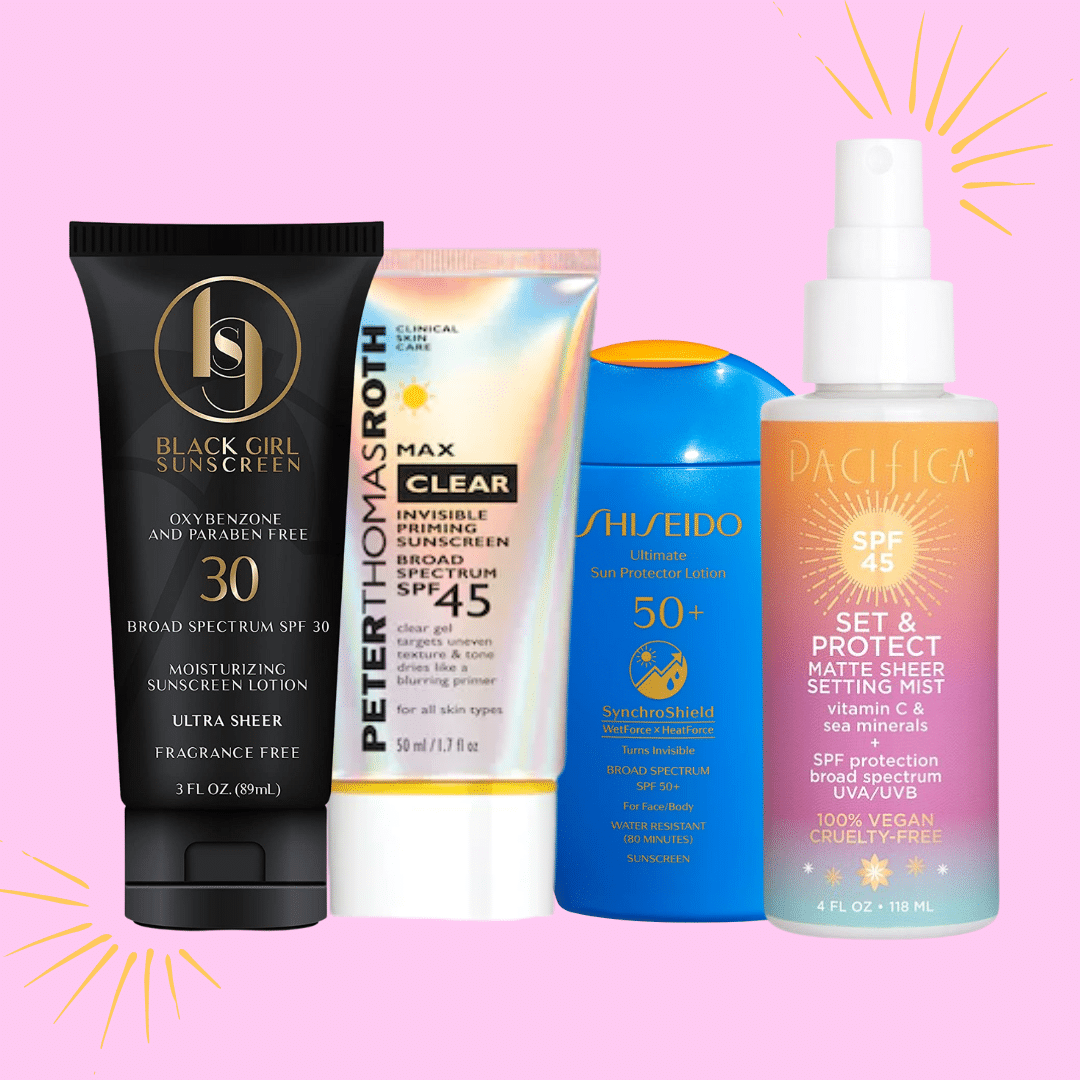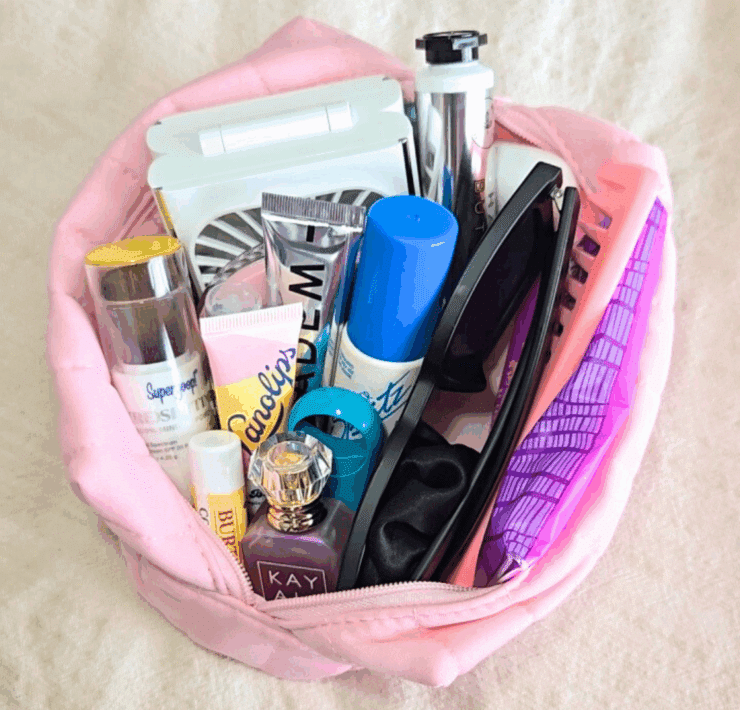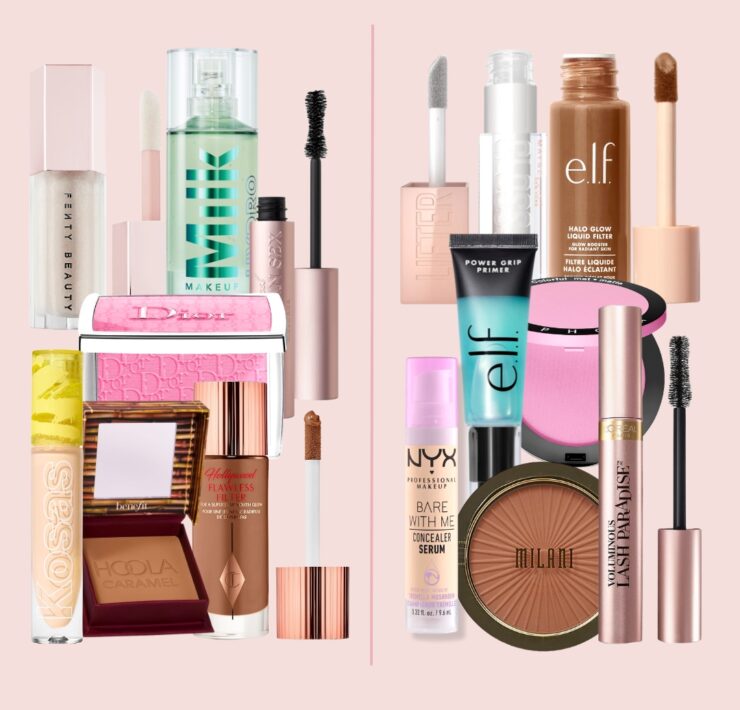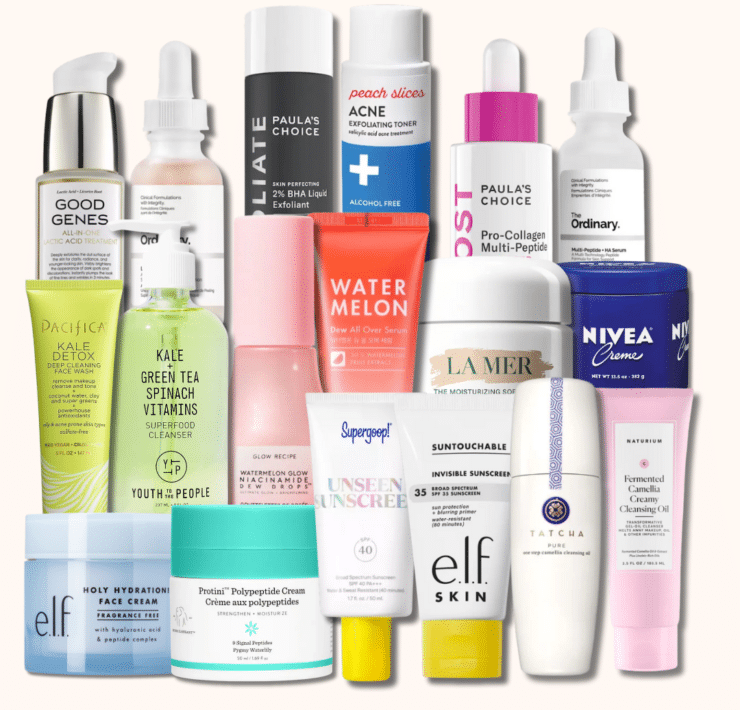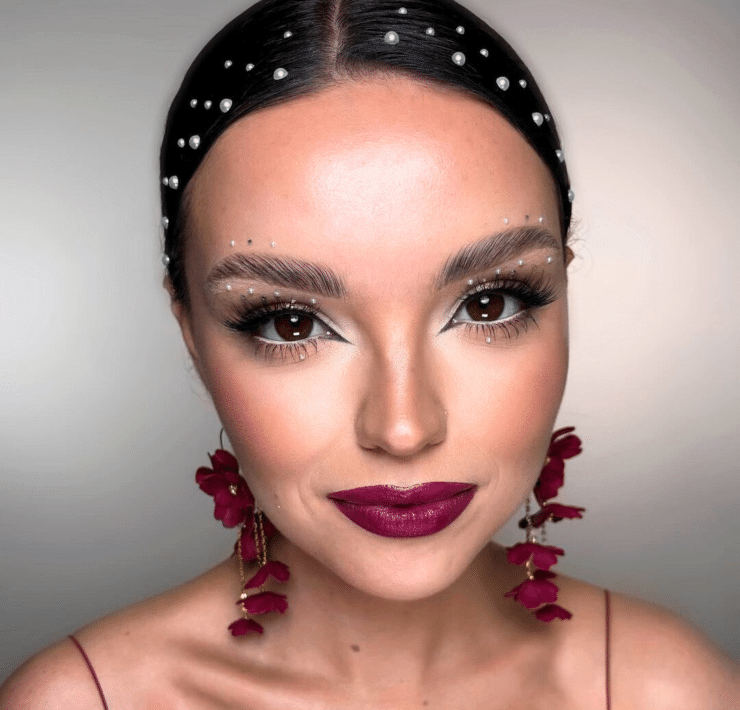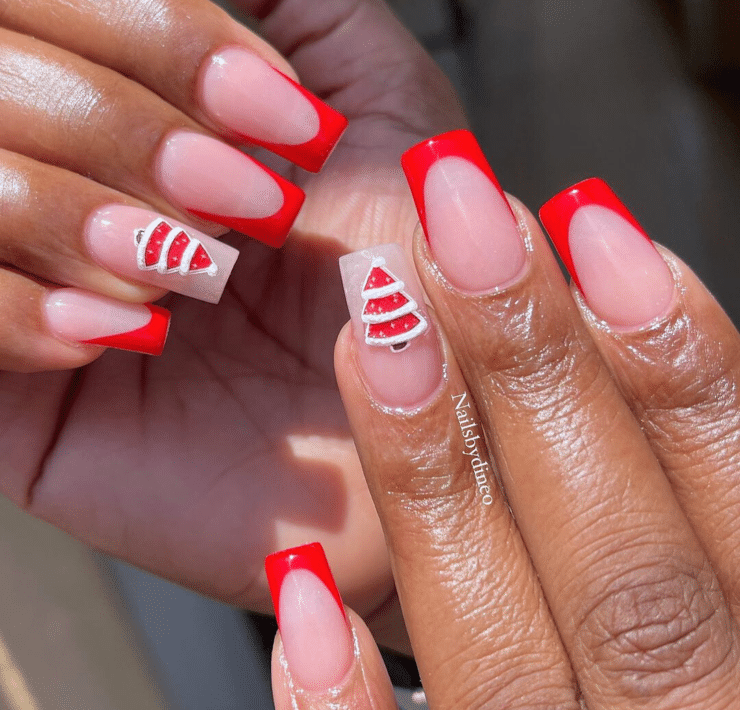Sunscreen or Moisturizer First? It’s Complicated…But Not Really.
- Layering Skincare? Read This First.
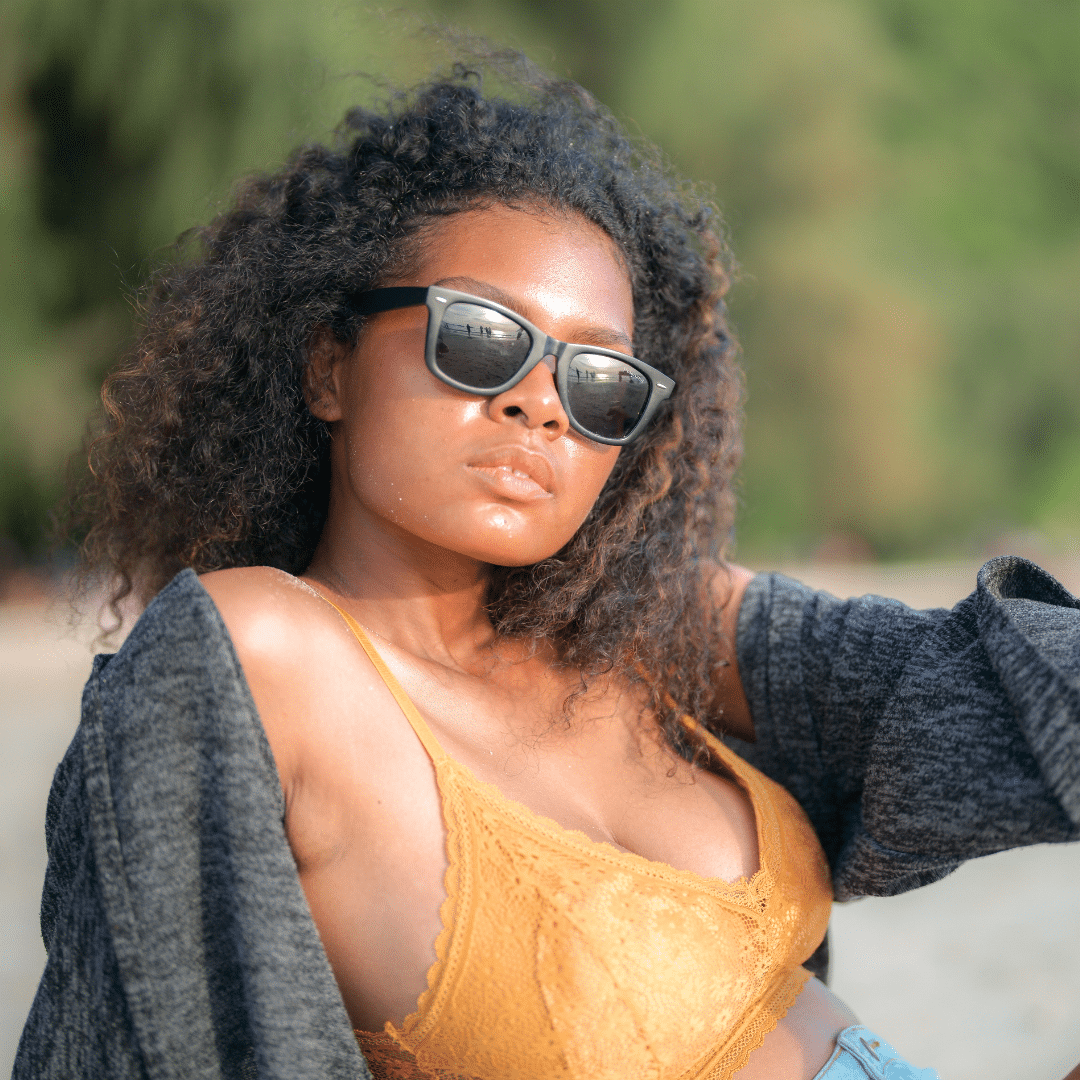
In this post:
ToggleIf you’ve ever stood frozen in your bathroom wondering whether to apply sunscreen or moisturizer first—you’re not alone. The short answer? Moisturizer first, sunscreen second.
But of course, the beauty world loves to complicate things… so let’s break it all the way down.
The Basic Rule: Moisturizer First, Then Sunscreen
Here’s the deal: Sunscreen is your final skincare step—always.
Sunscreen is a barrier between your skin and the UVA/UVB rays from the sun that cause skin damage.
Think of it like armor. It needs to sit on top of your skin to properly protect against UVA/UVB rays.
If you apply moisturizer after sunscreen, you risk diluting the protection.
We need all the sun protection benefits we can get, right?!
What About Moisturizers With SPF?
The beauty industry is always changing.
This is where it gets tricky.
Today, tons of moisturizers come with built-in SPF (usually SPF 30 or higher). And yes—they can be effective if they meet the right standards. Read more here.
But here’s the tea:
- Many dermatologists recommend a dedicated sunscreen even if your moisturizer has SPF.
- You can totally layer both—a moisturizer with SPF and a sunscreen—for extra protection without looking greasy.
- The key? Make sure your SPF is 30+ and labeled broad spectrum.
So yes, your SPF moisturizer can do double duty… but sometimes we need a little more backup.
Check out Sunscreen product recommendations below.
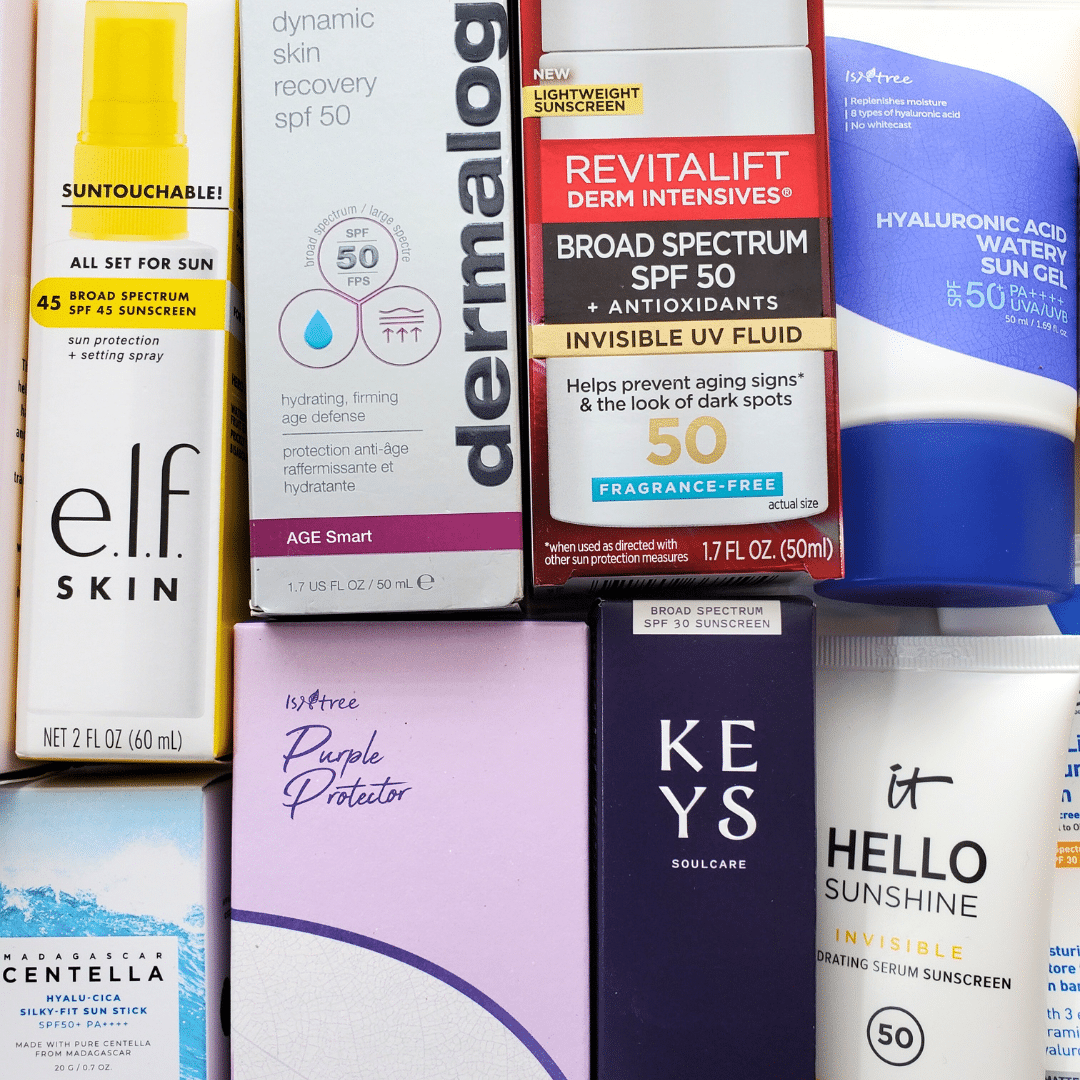
⚠️ Two Warnings Before You Slather It On
You should wear sunscreen every day to protect your skin from sun damage.
There is also research to suggest that sunscreen can ward off signs of aging (like sun spots and wrinkles).
The American Academy of Dermatology recommends that we all use Broad Spectrum (which protects against UVA and UVB light rays) of SPF 30 or higher. Read more here.
1. Reapplying SPF moisturizer? Kinda messy.
Moisturizers with SPF aren’t designed for easy reapplication—especially not over makeup.
Instead, use dedicated SPF sprays, powders, or sticks to reapply throughout the day.
2. Don’t sleep in sunscreen 😴
Yes, really. Sunscreen is meant for daytime only.
Wearing it overnight can clog pores, cause irritation, and honestly? Your pillow deserves better.
Use a regular, non-SPF moisturizer at night instead.
When (Exactly) to Apply Sunscreen in Your Routine
Apply sunscreen last in your AM skincare lineup, right before makeup (or before stepping out bare-faced).
Give it 20 minutes to absorb before going outside—especially if you’ll be in direct sunlight.
❌ Sunscreen at night? Hard pass.
There’s no UV light to block, and you’re just clogging your skin for no reason.
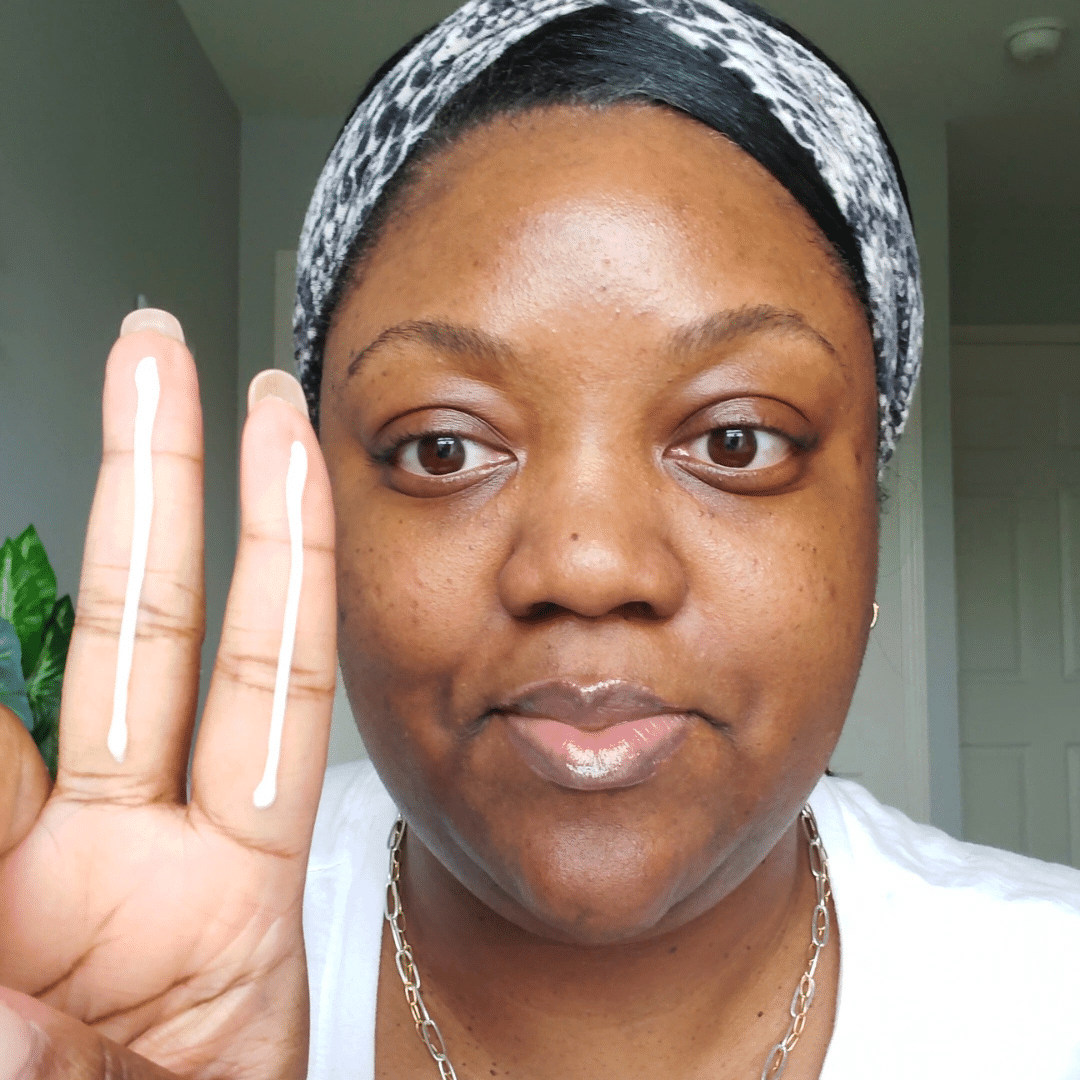
Sunscreen Over Makeup? Yup, It’s a Thing
You can reapply sunscreen over makeup, but it’s all about how. Look for:
- SPF powders
- SPF setting sprays
- Lightweight, non-greasy formulas
Avoid applying traditional lotion-style sunscreens over makeup—they’ll mess up your beat.
Quick FAQ: Sunscreen vs. Serum vs. Everything Else
Q: Do I apply serum or sunscreen first?
A: Serum goes first. Then moisturizer. Then sunscreen.
Q: Can sunscreen replace moisturizer?
A: Not really. Some sunscreens hydrate, but they don’t replace a full skincare routine—especially overnight. Look for products that combine sun protection with moisturizer. Here are some of my favorites!
My Favorite Sunscreens for All Skin Tones
Not all sunscreens are created equal—especially when it comes to no white cast and melanin-friendly formulas.
These are tried-and-true picks that work on every shade, texture, and skin type.
TL;DR – Moisturizer vs. Sunscreen Recap
✅ Moisturizer first, sunscreen last.
✅ If your moisturizer has SPF, cool—but still consider using sunscreen.
✅ Reapply SPF with sprays/powders, not heavy creams.
❌ Don’t wear sunscreen to bed.
✅ Apply 20 minutes before sun exposure.
✅ Look for SPF 30+ and broad spectrum.
This post was all about wearing sunscreen before or after moisturizer. Check out more sunscreen posts below!


